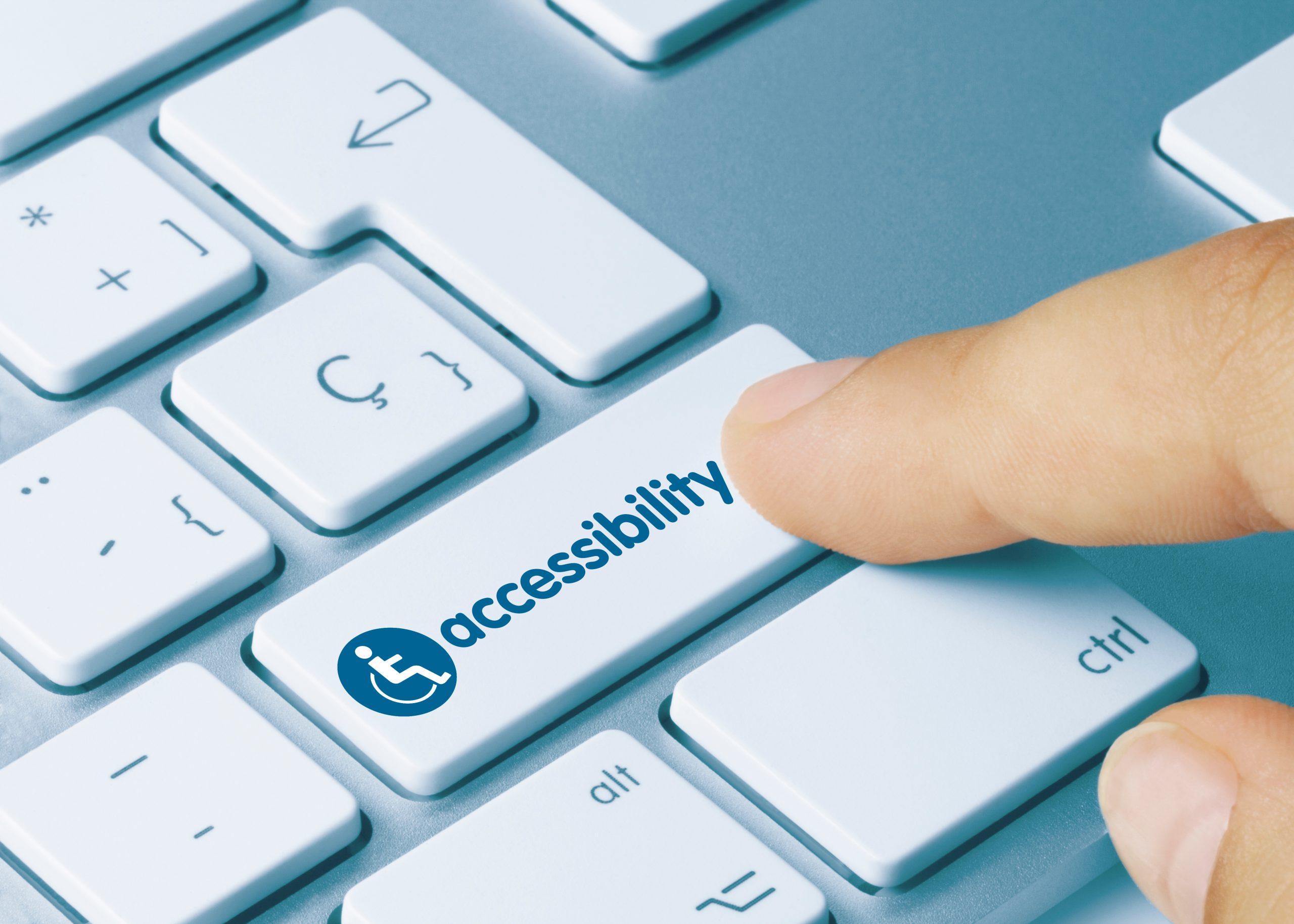Whether you’re shipping products across town or around the world, the right courier can make all the difference. That’s where PaidShipping comes in—connecting your business with top-tier couriers to provide a seamless, cost-effective shipping experience.
The Power of Trusted Shipping Partners
At PaidShipping, we understand that your choice of courier can impact everything from delivery speed to customer satisfaction. That’s why we’ve partnered with the most trusted names in the industry—FedEx, UPS Uber, Canada Post, DHL and more. These couriers are known for their reliability, extensive global networks, and commitment to excellence, ensuring that your packages reach their destination safely and on time.
Streamlining Your Shipping Process
PaidShipping isn’t just about connecting you with the best couriers—it’s about making the entire shipping process easier and more efficient. Our platform allows you to compare rates from multiple couriers in one place, ensuring you get the best deal every time. You can also generate shipping labels, track shipments, and manage returns, all from a single, user-friendly interface.
– Uber
Service Type: Same-Day Delivery
Uber offers quick, local same-day deliveries via Uber Direct. It’s ideal for urgent, on-demand shipments with real-time tracking.
– DHL
Service Type: International and Domestic Parcel Delivery
DHL excels in global logistics with extensive international reach, express services, and customs expertise, making it a top choice for worldwide shipping needs.
– UPS
Service Type: Domestic and International Parcel Delivery
UPS provides reliable domestic and international shipping making it a versatile logistics partner.
– FedEx
Service Type: Domestic and International Parcel Delivery, Freight
FedEx is known for fast, reliable shipping, offering services from overnight delivery to LTL freight, ideal for businesses of all sizes.
– Canada Post
Service Type: Domestic Parcel Delivery
Canada Post offers dependable domestic shipping across Canada, with strong eCommerce integrations and comprehensive tracking.
– LTL Freight Carriers
For large or bulky shipments that don’t require a full truckload, consider some of these LTL carriers we offer:
– XPO Logistics: Advanced tracking, global reach.
– FedEx Freight: Integrated with FedEx’s network.
– R+L Carriers: Strong regional and nationwide options with personalized services
Why Choose PaidShipping?
Choosing PaidShipping means more than just saving money on shipping. It means partnering with a platform that’s dedicated to your success. We offer:
Discounted Rates: Save up to 76% on shipping costs compared to standard carrier rates.
Comprehensive Support: Our Heroic Support™ team is available to assist you with any questions or issues, ensuring a smooth shipping experience.
Easy Integration: Whether you’re using Shopify, WooCommerce, or another eCommerce platform, PaidShipping integrates seamlessly, making it easy to manage your shipping process from start to finish.
When it comes to shipping, reliability, and cost are key. With PaidShipping’s network of trusted couriers you can be confident that your packages will arrive on time and within budget. By streamlining your shipping process and offering discounted rates, PaidShipping helps you focus on what really matters: growing your business and keeping your customers happy.
















